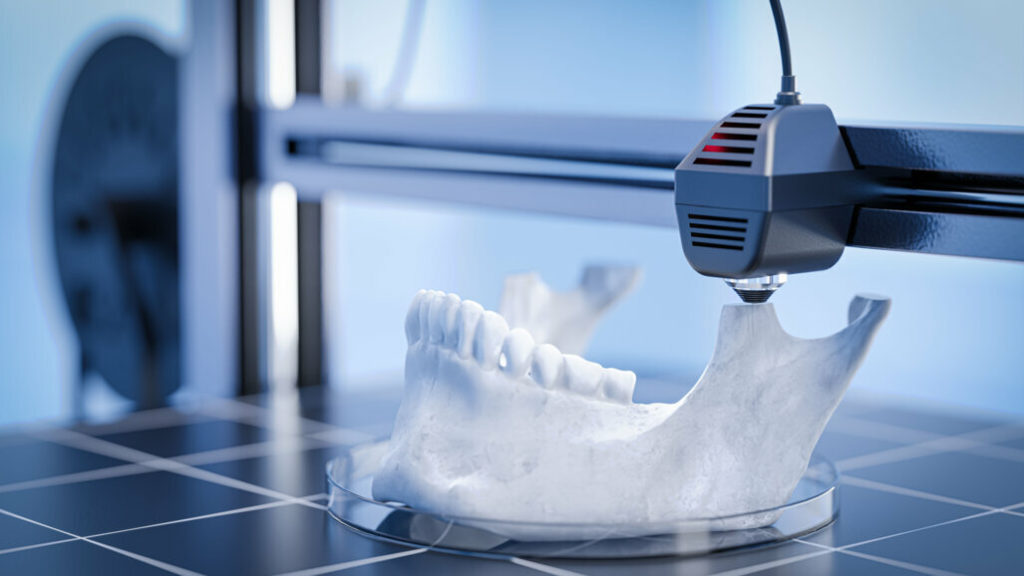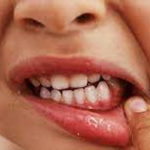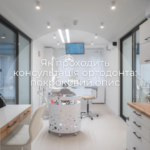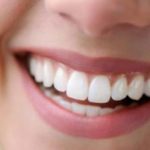In the modern world, dentistry has long gone beyond traditional methods and procedures. Developments in the field of medical technology and engineering have significantly expanded the capabilities of dentists in diagnosis and treatment. One such innovation is the use of 3D modeling and 3D printing in dentistry. These technologies not only revolutionized the approach to surgical procedures, but also improved treatment outcomes, increased accuracy and safety of operations, and ensured patient comfort.
3D modeling in dentistry
3D modeling is one of the key innovative technologies that open up new opportunities in dentistry. This technology allows dentists to obtain detailed and accurate 3D models of the patient’s teeth, jaw and face. Here are some important aspects of 3D modeling in dentistry:
Advantages of 3D modeling in planning dental operations:
Accuracy and detail: 3D models allow dentists to examine the structure of teeth, jaws and other structures with high accuracy and detail. This helps to detect even the smallest anomalies and problems.
Planning: Thanks to 3D models, dentists can virtually plan operations and choose optimal strategies. They can predict the location and size of implants, choose the right route for wisdom teeth removal or bite correction.
Risk minimization: A deep understanding of the patient’s anatomy based on 3D models helps to avoid complications and errors during operations.
The process of creating 3D models of teeth and jaws:
Scanning: The first step is to scan the patient’s teeth and jaw using specialized medical scanners. These scanners read surface data and create an accurate 3D image.
Data processing: The received data is processed using computer programs that convert the scanned information into a 3D model.
Reproduction: The final 3D model can be reproduced physically using 3D printing or used in virtual applications for planning and analysis.
Using specialized modeling software:
CAD/CAM systems: Computer-aided design and manufacturing (CAD/CAM) systems allow you to create 3D models and prepare data for 3D printing. This makes it easy to debug and adapt models for specific operations needs.
Specialized dental software: There are programs designed specifically for dentists that help in planning and virtual simulation of dental procedures. These programs take into account all the peculiarities of the structure of the oral cavity and help dentists make informed decisions.
All of these factors make 3D modeling an essential tool for dentists seeking to achieve high precision, safety, and results in surgical procedures.
- 3D-printed models as a tool of the dental surgeon
3D-printed models have become an integral part of the practice of dental surgeons, opening up new opportunities in planning and performing dental operations. They allow doctors to get realistic, visually accessible and sophisticated tools to achieve the best results. Here are some key aspects of the role of 3D printed models in dental practice:
The role of 3D printed models in the visualization of operations planning:
Precision and clarity: 3D printed models allow dentists to view the anatomical details of the jaw and teeth with incredible precision and clarity. This helps doctors better understand the specific needs and capabilities of the patient.
Planning and communication: 3D printed models can be used to plan operations and as a means of communication between members of the medical team. Doctors can discuss the plan of action, determine the optimal ways and take into account all possible nuances before the operation.
Possibilities of manufacturing realistic models with high detail:
Materials: 3D printed models can be made from a variety of materials, including biocompatible ones that mimic natural tissue and tooth structures. This gives models a realistic look and texture.
Color: Some 3D printers allow you to print in color, which allows you to create even more realistic models that help dentists better understand anatomy.
The impact of 3D printed models on the accuracy and safety of operations:
Increased accuracy: 3D-printed models allow dental surgeons to determine in advance the optimal plan of surgery and accurately calculate the location and dimensions of implants or other medical devices.
Minimization of risk: Thanks to the use of 3D printed models, doctors can plan each step of the operation in more detail, minimizing the risk of damage to surrounding tissues and complications.
All of this makes 3D printed models an essential tool for dentists seeking to achieve high precision, ensure safety, and make dental operations more predictable and successful.
- Using 3D models for planning dental operations
The use of 3D models in dentistry opens up wide opportunities for planning and performing dental operations. This technology allows doctors to consider and optimize every aspect of the procedure to ensure the best results for the patient. Here are some additional aspects of using 3D models to plan dental surgeries:
Analysis of anatomical features of the patient:
Accurate measurements: Thanks to 3D models, doctors can accurately measure the size and shape of teeth, jaws, and other anatomical structures. This allows you to create an individual approach to each patient.
Analysis of pathological changes: Doctors can identify pathological changes or abnormalities of anatomy that may affect the operation and develop a plan of action to correct them.
Virtual planning and optimization of operational procedures:
Placement of implants and prostheses: Doctors can determine the optimal placement of implants or prostheses based on 3D models, helping to achieve maximum functionality and aesthetics.
Selection of tools and materials: With the help of 3D models, you can choose the optimal tools and materials for the operation, ensuring the best reslt.
Modeling possible complications and developing strategies to avoid them:
Complication simulation: 3D models can be used to create simulations of possible complications or problem scenarios. This allows doctors to develop strategies to avoid them and prepare an action plan if necessary.
Increased safety: In-depth planning and analysis using 3D models help reduce the risk of complications during surgery and ensure patient safety.
Overall, the use of 3D models to plan dental operations allows doctors to solve problems more accurately and efficiently, ensuring the best results for patients and reducing the risk of complications.
- Practical examples of using 3D models in dentistry
- Surgical removal of wisdom teeth:
Spatial location analysis: 3D models allow you to accurately determine the location of wisdom teeth in the jaw and their relationship to nearby structures such as nerves and blood vessels.
- Implantation of teeth and restorative operations:
Placement of implants: 3D models allow you to accurately determine the optimal place for placing dental implants, taking into account the anatomical features of the jaw and bite.
Modeling dentures: Creating 3D models of dentures allows you to decide on their shape and size with precision, making the dentures more natural and functional.
- Correction of bite anomalies and orthodontic procedures:
Orthodontic treatment planning: 3D models allow orthodontists to analyze the bite and position of the teeth, which helps develop an individualized treatment plan.
Simulation of results: 3D models can be used to create a simulation of the expected results of orthodontic treatment, helping both the doctor and the patient understand the expected appearance and functionality after treatment.
These examples demonstrate how 3D models allow dentists to plan and perform operations more precisely, safely and individually for each patient. The use of these technologies in dentistry helps to improve treatment results and ensure greater patient satisfaction.
Conclusion The role of 3D modeling and printed models in improving surgical procedures in dentistry is extremely important. The integration of these technologies into the modern practice of dentists promises to improve the quality of dental care and provide more individualized and safe treatments. However, there are challenges related to availability and cost that will need to be overcome. Despite this, the prospects for the development of 3D modeling and printed models in dentistry promise many positive changes for the future practice and patients.
Gerasym L.М.
Dronik I.I.
Departament of Surgical Dentistry and Maxillo-facial Surgery
Bucovinian State Medical Surgery













